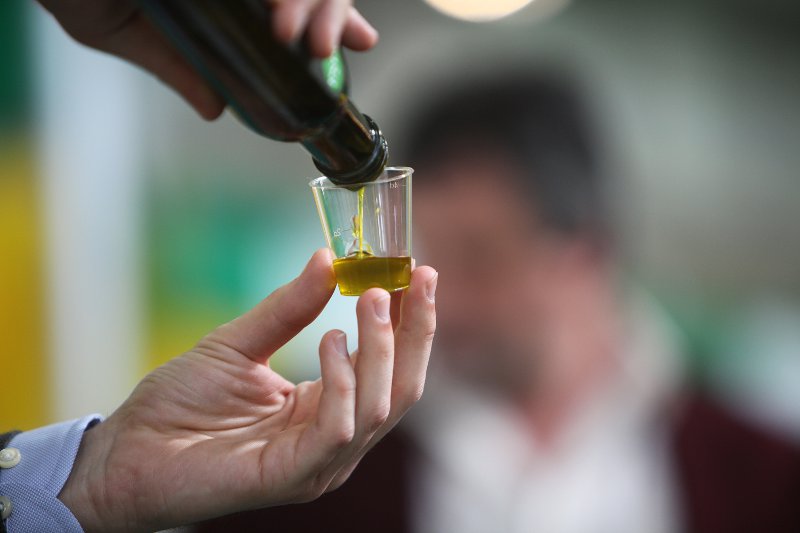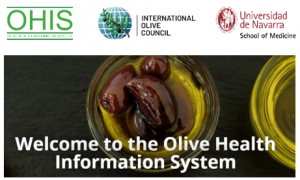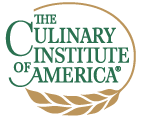

The website of the International Olive Council
 The specific metabolic contribution of consuming different energy-yielding macronutrients (namely, carbohydrates, protein and lipids) to obesity is a current topic of debate. A recent review summarizes the existing evidence concerning associations between the intake of different macronutrients with weight gain and adiposity. Overall, current evidence suggests that energy surplus is the main driver of overweight and obesity. On the contrary, the question of refined sugars and some fats playing complementary roles in weight gain and whether calories from different macronutrients count as equal still remain very controversial. In this regard, dietary patterns particularly rich in sources of monounsaturated fats, such as extra virgin olive oil in the Mediterranean diet, have been inversely associated with BMI. This highlights the importance of the fat profile and not just the total amount of fat or differences attributed to genetic background.
The specific metabolic contribution of consuming different energy-yielding macronutrients (namely, carbohydrates, protein and lipids) to obesity is a current topic of debate. A recent review summarizes the existing evidence concerning associations between the intake of different macronutrients with weight gain and adiposity. Overall, current evidence suggests that energy surplus is the main driver of overweight and obesity. On the contrary, the question of refined sugars and some fats playing complementary roles in weight gain and whether calories from different macronutrients count as equal still remain very controversial. In this regard, dietary patterns particularly rich in sources of monounsaturated fats, such as extra virgin olive oil in the Mediterranean diet, have been inversely associated with BMI. This highlights the importance of the fat profile and not just the total amount of fat or differences attributed to genetic background.
Cette semaine sur le site de l’Olive Health Information System La newsletter de l’Université de Navarre et du COI consacrée à la santé Article 1 La consommation d’huile d’olive vierge extra (HOVE) est-elle...

Bienvenue au COI, la seule organisation intergouvernementale au monde qui rassemble tous les acteurs impliqués dans la production et la consommation d’huile d’olive et d’olives de table. Vous trouverez ici un résumé...

Le Conseil oléicole international (COI) vient de lancer, en collaboration avec le Centre international de hautes études agronomiques méditerranéennes – Institut de Saragosse (CIHEAM Saragosse), un nouveau cours...


La cuisine contemporaine puise son inspiration dans le régime méditerranéen.
Apprenez-en plus sur cette collaboration entre le Culinary Institute of America et le Conseil oléicole international pour faire progresser des choix alimentaires sains, durables et délicieux, avec un accent particulier sur la formation technique et l’innovation des menus pour les chefs.